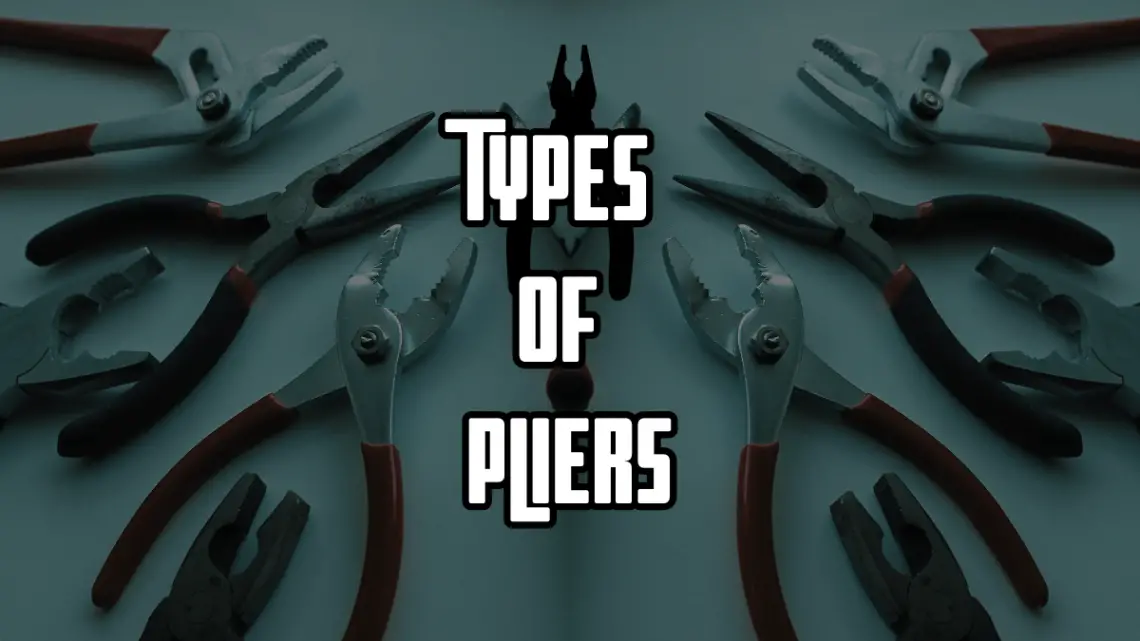
Types of Pliers and Their Uses You Must Know
Are you a pliers user? Looking for an article about types of pliers and their uses? This is the place where you love to come for knowing about the types of pliers and their uses. Definitely, it will help to know about the pliers variety and their pros and cons as well that you love to know.
Pliers are versatile hand tools that come in a variety of shapes and sizes, each with its own unique features and functions. They have two levers that are joined at a fulcrum, with a pivot point between the handles and the jaws. Pliers come in different shapes and sizes, each with its unique features and functions.
Whether you need to grip and twist wires, cut cables, or hold small objects, there’s a plier out there that can help. With so many different types of pliers available, it can be difficult to know which one to choose for a particular job.
In this article, we’ll take a closer look at six of the most common types of pliers, their uses, and their pros and cons. Whether you’re a DIY enthusiast or a professional mechanic, this guide will help you find the right tool for the job.
Related Article: Top 9 Best Fishing Pliers 2025
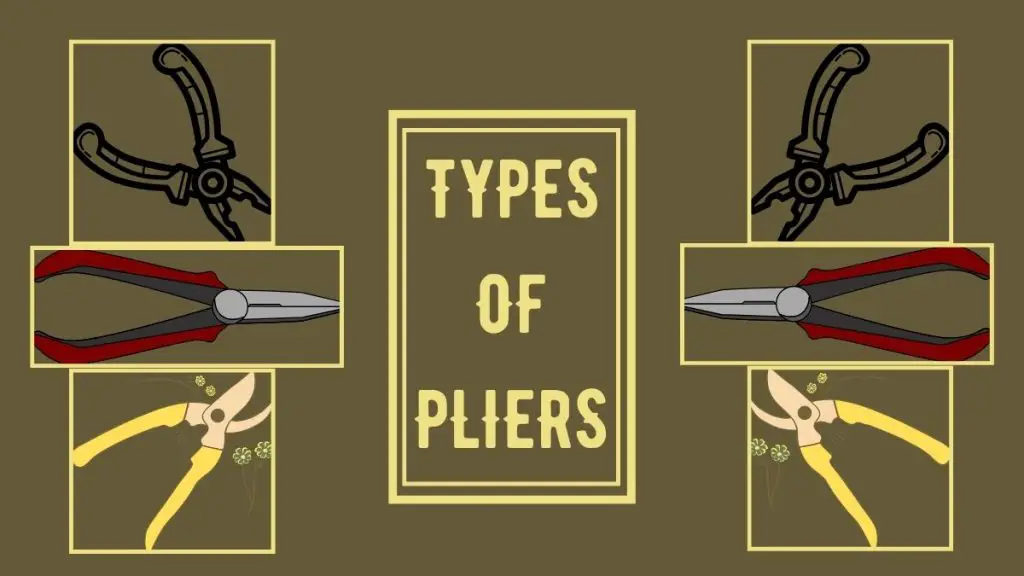
Related Article: Best Hand Tools for Beginners to Complete Tasks Easily
You may also read: Can a Power Screwdriver Replace Your Drill? – Quick Guide
Types of Pliers and Their Uses
1. Slip-joint pliers
Slip-joint pliers are the most common type of pliers. Basically, they have an adjustable pivot point that allows the jaws to open wider or narrower. The jaws are flat and smooth, with a slight taper towards the tips, making them ideal for gripping and twisting wires, bolts, and nuts.
Uses:
- Gripping and holding small objects such as wires, bolts, and nuts
- Bending and twisting wires
Pros:
- The adjustable pivot point allows for a wider range of opening sizes
- The flat, smooth jaws make it easier to grip objects without damaging them
Cons:
- May not be as effective at cutting wires or cables compared to other types of pliers
2. Needle-nose pliers
Needle-nose pliers are long, narrow pliers with pointed tips that allow you to reach tight spaces. Basically, they have a variety of uses, including bending wires, holding small parts, and cutting soft wires. They come in different sizes, with the smaller ones being more suitable for precision work.
Uses:
- Reaching and gripping objects in tight spaces
- Bending and shaping wires
- Cutting soft wires
Pros:
- The pointed, narrow jaws allow for precision work in tight spaces
- Can be used for delicate work such as jewelry-making or electronics repair
Cons:
- May not be as effective at gripping or twisting larger objects due to the small size of the jaws
3. Diagonal cutting pliers
Diagonal cutting pliers, also known as side cutters, are designed to cut wires and cables. They have sharp, angled jaws that allow you to cut close to the surface. Moreover, they are available in different sizes, with larger ones capable of cutting through thicker cables.
Uses:
- Cutting wires and cables close to the surface.
- Trimming wire ends.
- Removing nails and staples.
Pros:
- The sharp, angled jaws allow for clean cuts close to the surface
- Can cut through thicker cables compared to other types of pliers
Cons:
- May not be as effective at gripping or holding objects compared to other types of pliers
4. Linesman pliers
Linesman pliers, also known as combination pliers, are versatile tools that can cut, twist, and grip wires. They have a serrated edge on the jaws that provides a better grip, making them ideal for electrical work. They also have a crimping tool on the side that can be used to join two wires together.
Uses:
- Gripping and twisting wires
- Cutting wires and cables
- Crimping two wires together
Pros:
- The serrated jaws provide a better grip on objects compared to other types of pliers.
- The crimping tool on the side allows for easy joining of wires.
Cons:
- May not be as effective at cutting thicker cables compared to other types of pliers.
5. Tongue and groove pliers
Tongue and groove pliers, also known as channel-lock pliers, have a unique design that allows the jaws to open wider than the handles. They have a series of grooves on the jaws that allow you to adjust the opening size, making them ideal for gripping larger objects. Basically, these types of pliers are commonly used in plumbing and automotive repair.
Uses:
- Gripping and holding larger objects such as pipes or bolts
- Adjusting the size of the jaws to fit different objects
Pros:
- The adjustable jaws allow for a wider range of opening sizes compared to other types of pliers
- The grooves on the jaws provide a better grip on objects
Cons:
- The wide jaws may not be as effective at gripping smaller objects compared to other types of pliers
6. Locking pliers
Locking pliers, also known as Vise-Grips, have a locking mechanism that keeps the jaws closed until you release the trigger. Basically, they have a variety of uses, including gripping and holding objects, bending wires, and removing nails. They come in different sizes and designs, with some having curved jaws for a better grip.
Uses:
- Gripping and holding objects securely
- Bending and twisting wires
- Removing nails and bolts
Pros:
- The locking mechanism allows for a secure grip on objects
- The curved jaws provide a better grip on objects compared to other types of pliers
Cons:
- May not be as effective at precision work compared to other types of pliers due to the large size of the jaws.
- The locking mechanism can be cumbersome to use in some situations
7. Fencing pliers
Fencing pliers are a versatile tool designed for the installation and maintenance of fences. Basically, they are a staple for farmers, ranchers, and DIY enthusiasts who work with barbed wire or other types of fencing. These pliers are often made of durable steel and have a variety of features that make them ideal for fence work.
Uses:
- Fencing pliers have sharp jaws that can easily cut through wire, making it easy to trim wire to the desired length or cut excess wire.
- The pliers can crimp wires together, creating a tight, secure connection that won’t easily come apart.
- Many fencing pliers have a hammer head on the back, allowing you to drive in fence staples or nails.
- Some models of fencing pliers have a staple puller, which can help you remove old or damaged staples.
- Some fencing pliers also have a wire stretcher, which can help you pull wire taut and maintain tension while you install your fence.
Pros:
- Fencing pliers are a versatile tool that can perform several different tasks, making them a great addition to any toolbox.
- Typically made of durable steel and can withstand heavy use, making them a long-lasting investment.
- It can save you time and effort by allowing you to cut wire quickly, crimp wire together with ease.
Cons:
- Fencing pliers can be relatively expensive compared to other hand tools, especially if you need a high-quality, durable pair.
- While fencing pliers are a great tool for barbed wire and other types of wire fencing, they may not be suitable for other types of fences that require different tools.
- Using fencing pliers effectively requires some skill and practice, so beginners may need to spend some time getting comfortable with the tool.
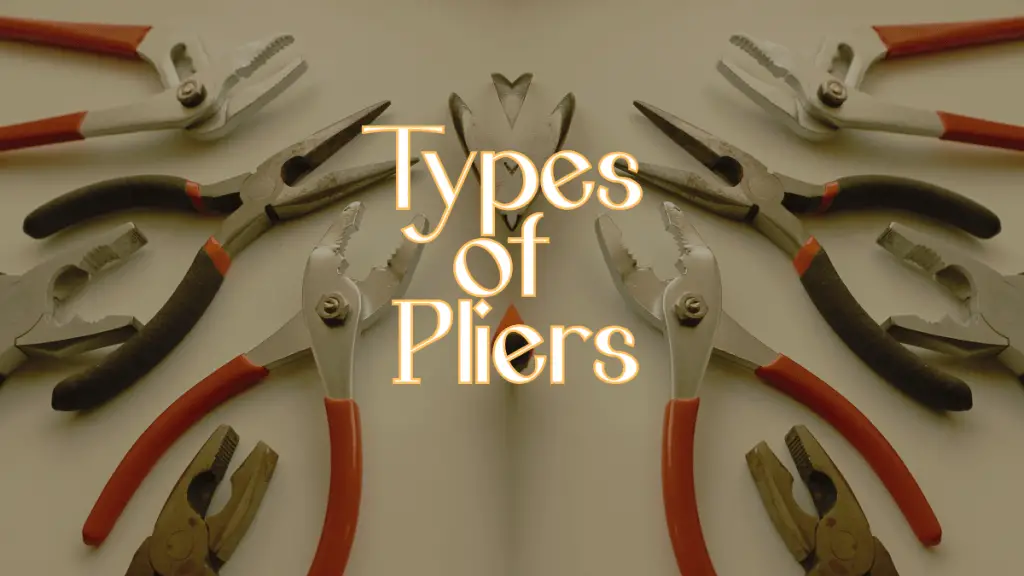
TO KNOW ABOUT QUALITY PLIERS, GO HERE >>
Conclusion
In conclusion, pliers are essential hand tools that are used in various applications. Indeed, each type of plier has its unique features and functions, making it suitable for specific tasks. It is important to choose the right type of plier for the job to ensure that you get the best results.
Overall, each type of plier has its own strengths and weaknesses, and choosing the right type of plier for the job is important for achieving the best outcome. Therefore, every tool user should know about his requirements and choose his precise types of pliers for the betterment of his tasks. Indeed, it would be a great task for utilizing his time with minimum effort.
You may also read: Top 7 Best Caulking Guns of 2025
You may also read: The 11 Basic Hand Tools Safety Rules for Professional Users


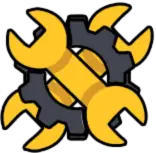

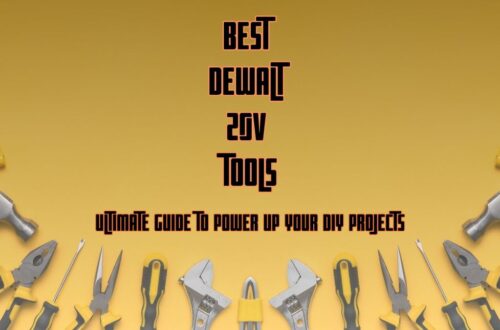
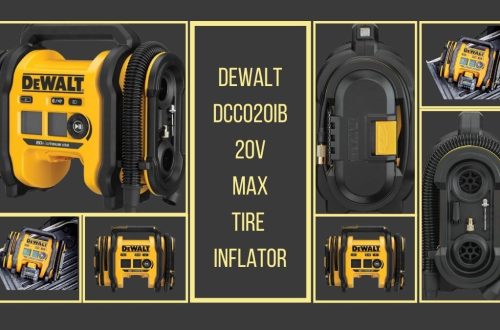
2 Comments
Pingback:
Pingback: